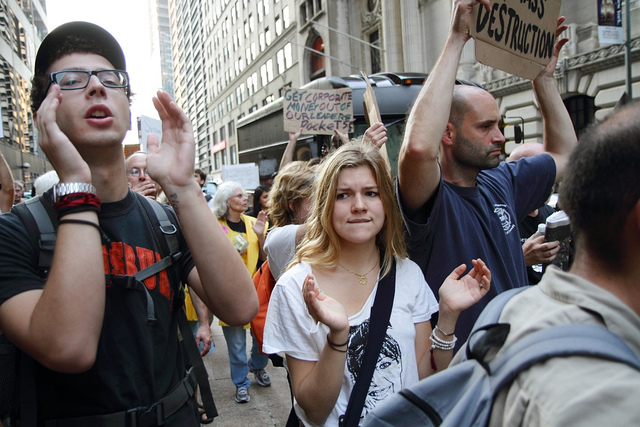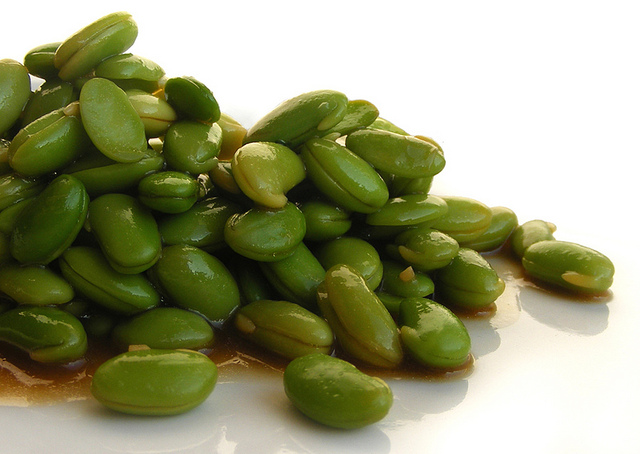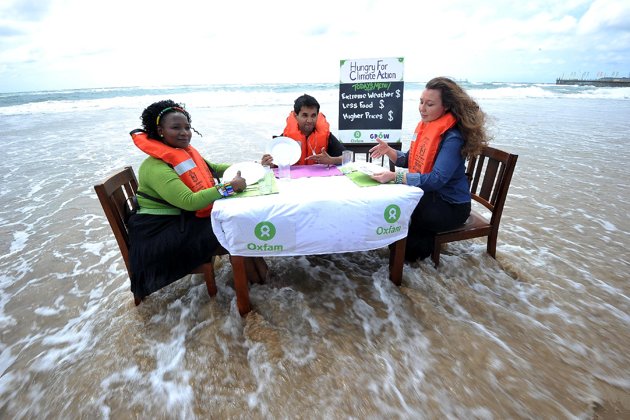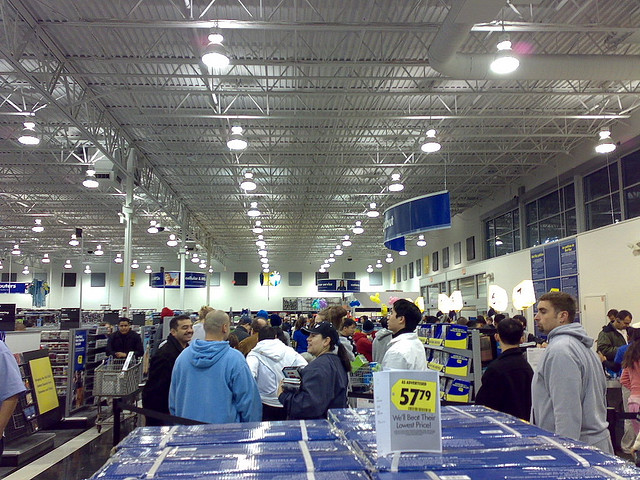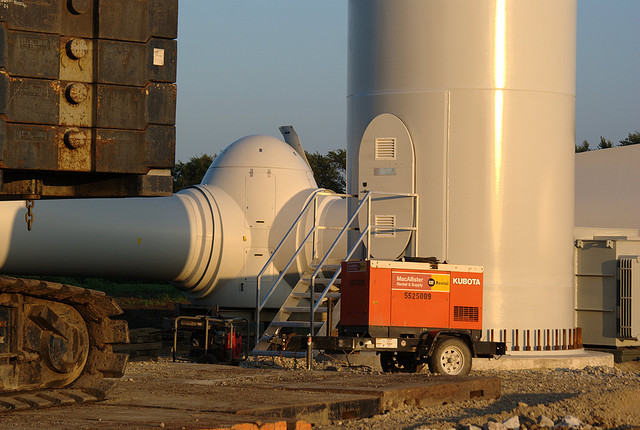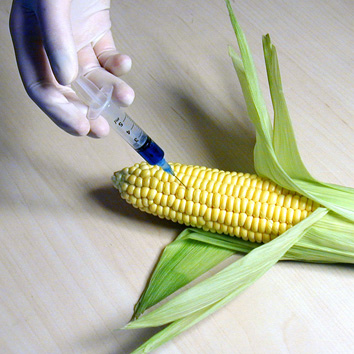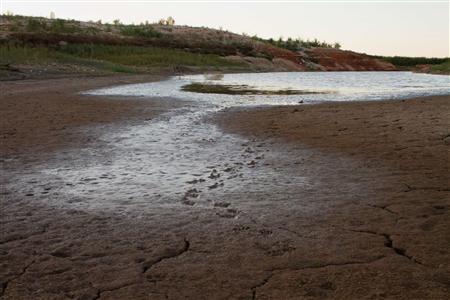Podcast: Play in new window | Download
Subscribe: RSS

According to the chief economist of the IEA, this is where we’re headed. (Photo by Cherryllynx/Flickr)
Fatih Birol is the chief economist for the International Energy Agency. Throughout most of its history, the Agency (like its American counterpart, the U.S. Energy Information Administration) gave short shrift to alarms about peak oil and global climate change. But now its top analyst says (in a recent talk to the Carnegie Endowment for International Peace) that “the world is perfectly on track to six degrees Celsius [warming due to global climate change]…which is very bad news. And everybody, even school children, know[s] this will have catastrophic implications for all of us.” In other words, Brace for Impact.

